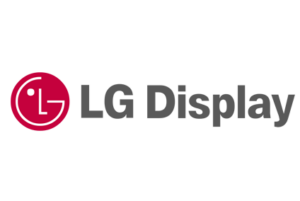We caught up with LG Display’s earnings call, which is always a useful test of the state of the display market. One of the key points was that the company is now in the black (on an EBITDA basis, so just ignore the billions in investment!) on the manufacture of large OLED TV panels, a key segment for the company going forward. Later in the call, the company said that a share of 10% of all the TV panels made by the firm are from OLEDs, with 75% of the TV panels being in 55″. The demand for 65″ and production share is expected to go up in 2017. The company’s overall result was helped by the price rises in larger panels as well as seasonal and factors related to larger sizes being demanded.
Price rises for 32″ panels and 40″ and above panels also helped to allow an increase in blended ASP of 10%. Prices also pushed up for IT panels for monitors and notebooks. LG expects supply to remain tight and demand to remain ‘robust’ and so it expects prices to continue to rise for 40″ and above TV panels, although it thinks that 32″ will stabilise.
In OLED, LG plans to add enough capacity to allow 25,000 additional G8 substrates to be added each month in the first half of next year (around 150K 55″ TVs per month equivalent). The company will also try to develop its capacity for G6 flexible OLEDs. The E5-1 line will have a capacity of 7500 substrates per month with another line, E5-2 due to double that to 15,000. There is also a capacity boost planned for E6-1 with 15,000 substrates per month, but this will depend on demand.
In response to a question about the boost coming in Chinese capacity, LG said that it believes it can stay ahead in LCD with 8K, large panels and M+ technology. However, the company will also switch capacity from LCD to OLEDs and capacity will, effectively, halve. Don Kim of LG said that the E4-2 plant would convert from LCD to OLED and capacity will drop from 50,000 substrates to 26,000 per month. Capex this year has been evenly split between LCD and OLED, but for next year, 70% will be towards OLED.

